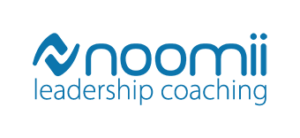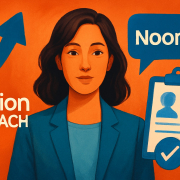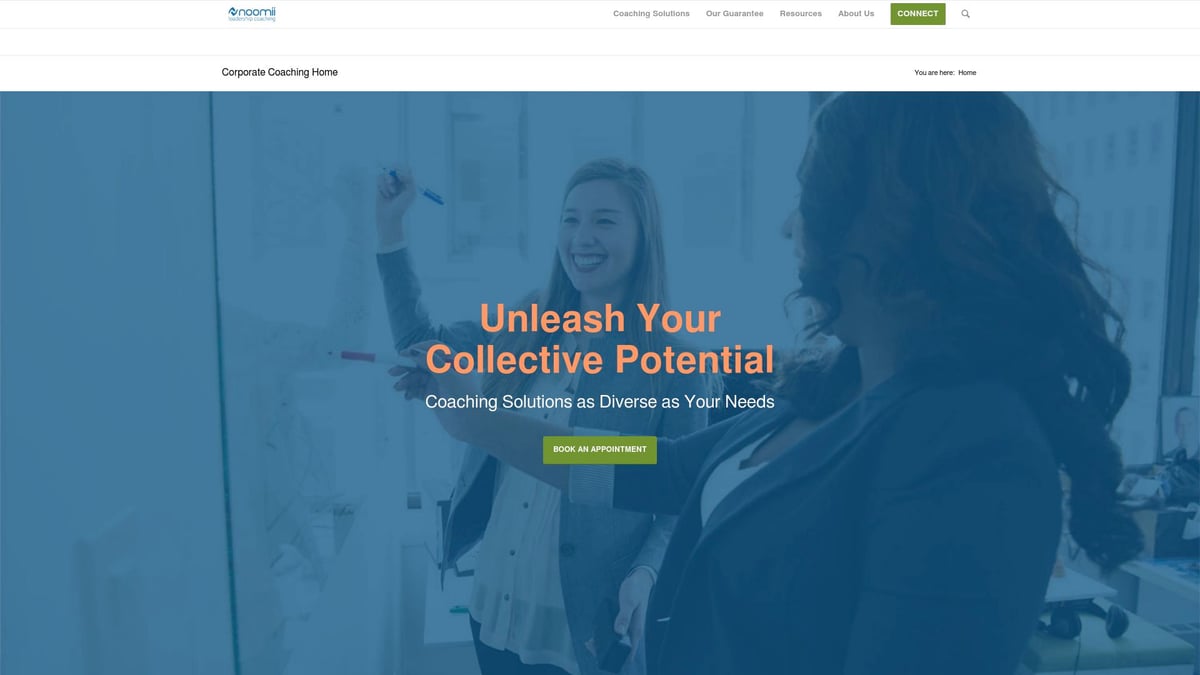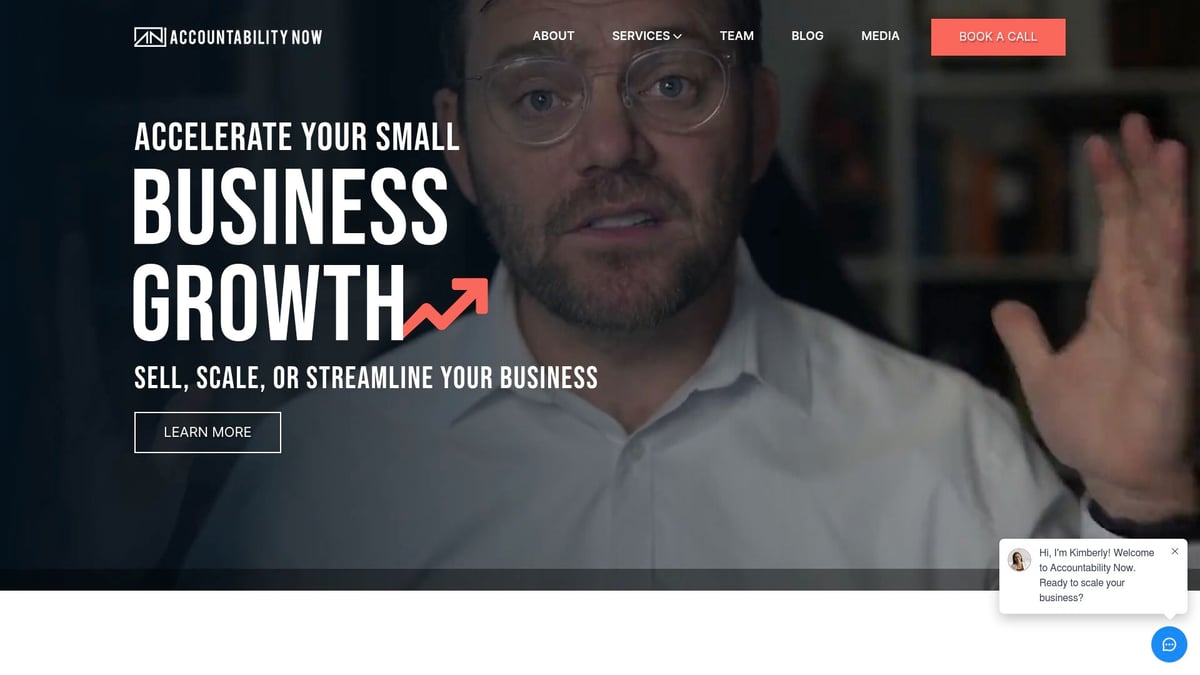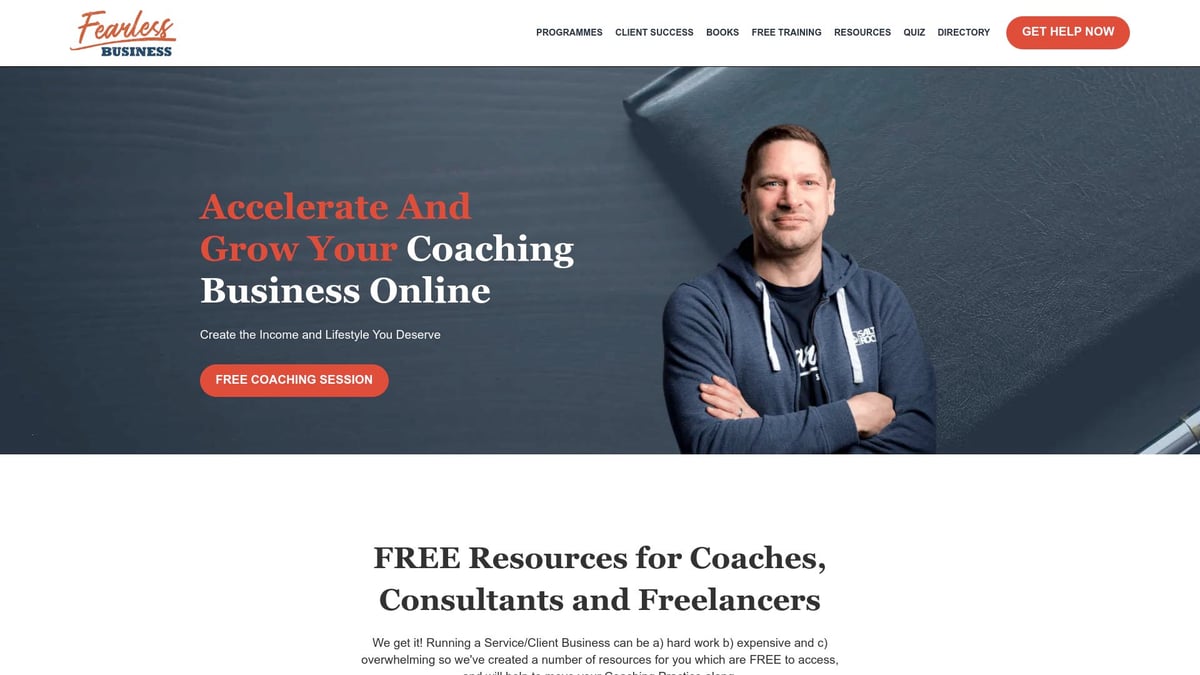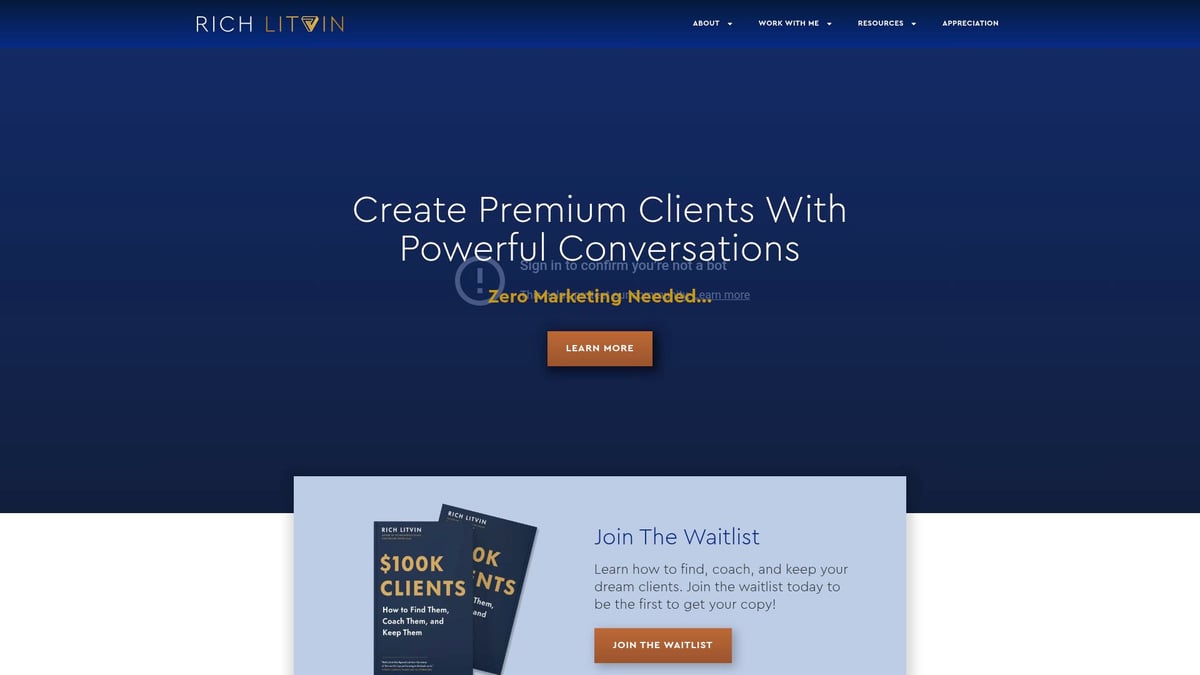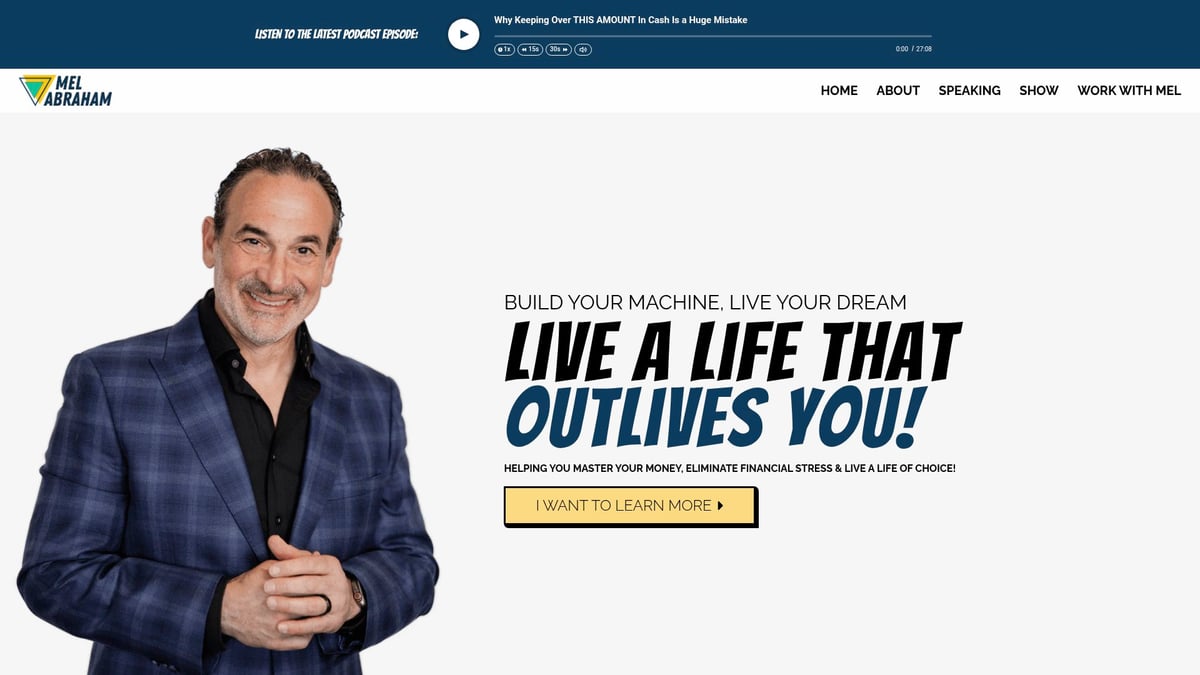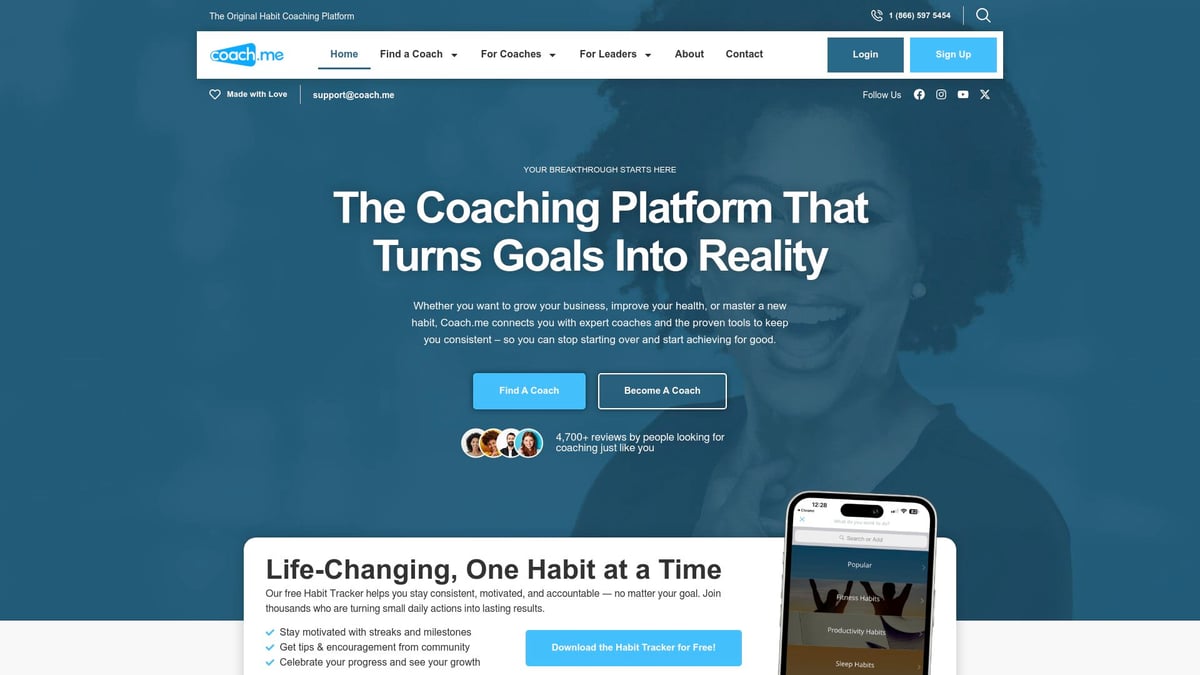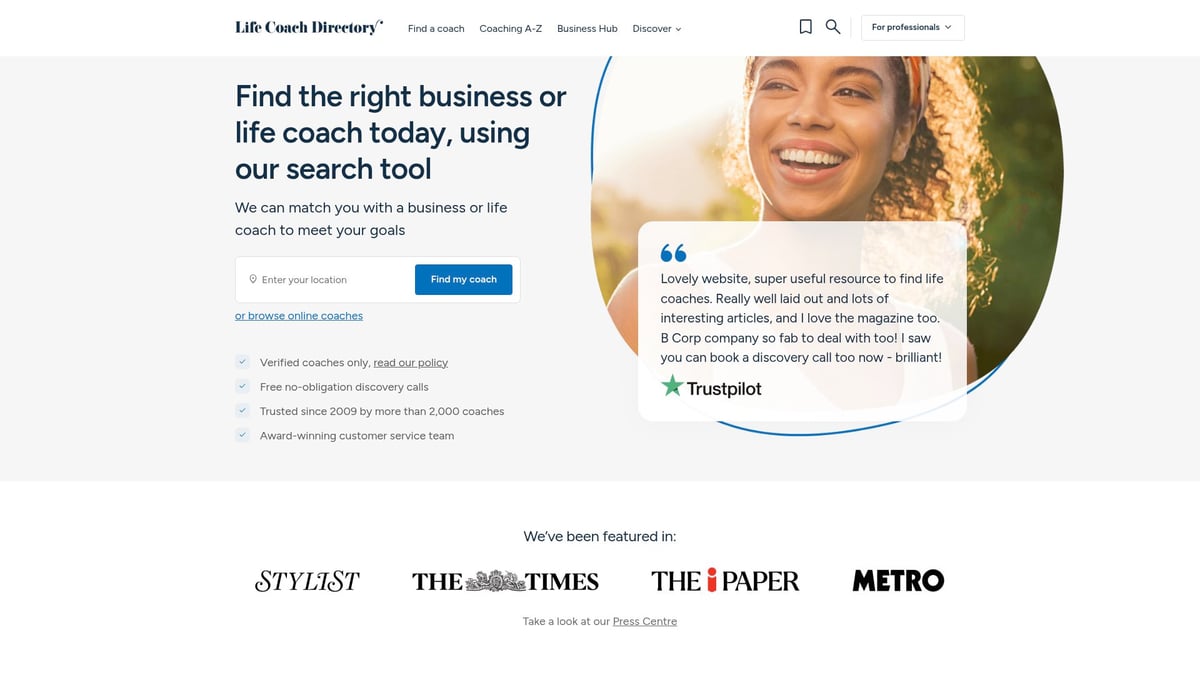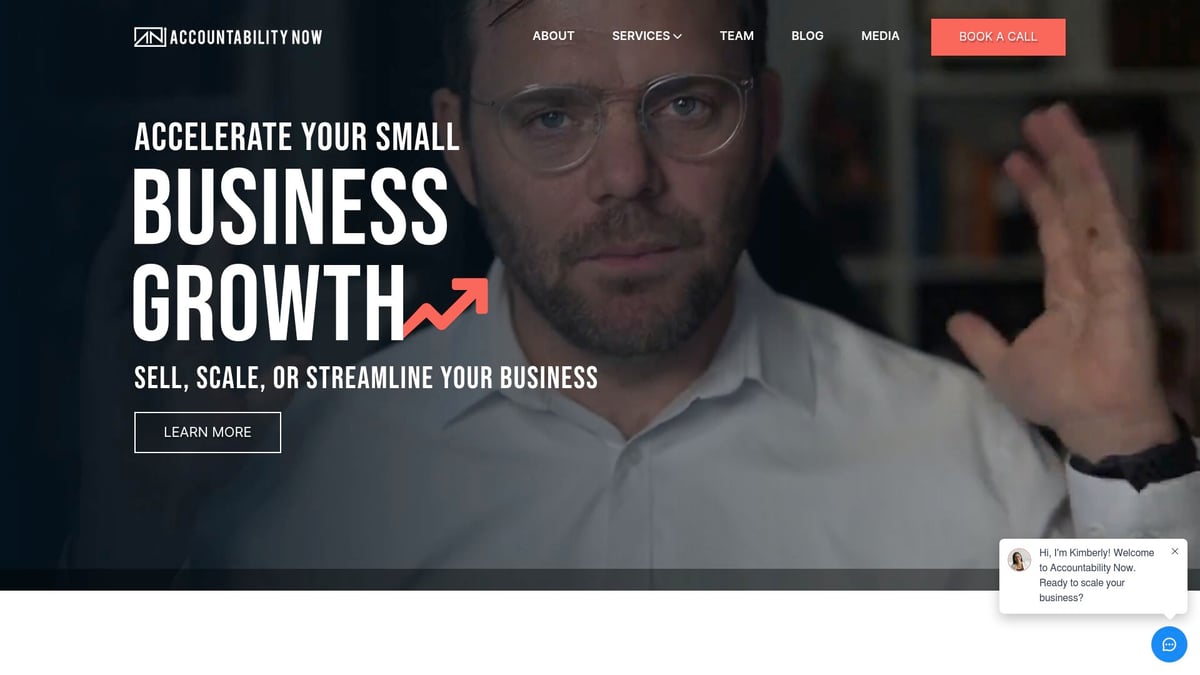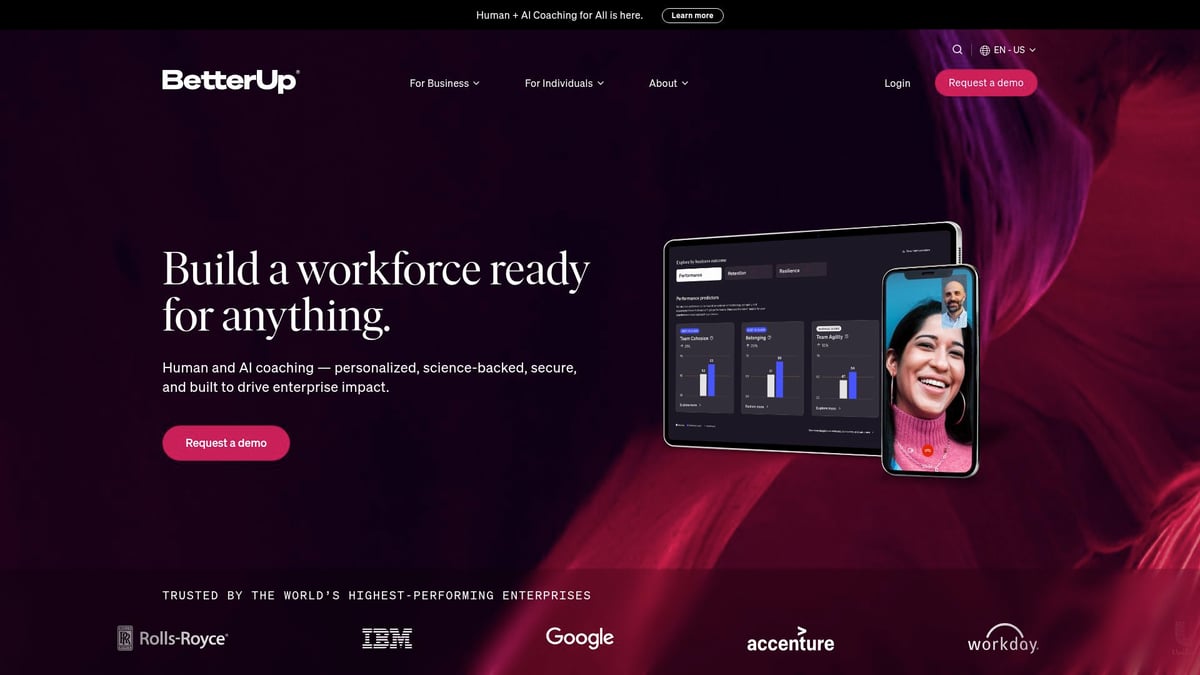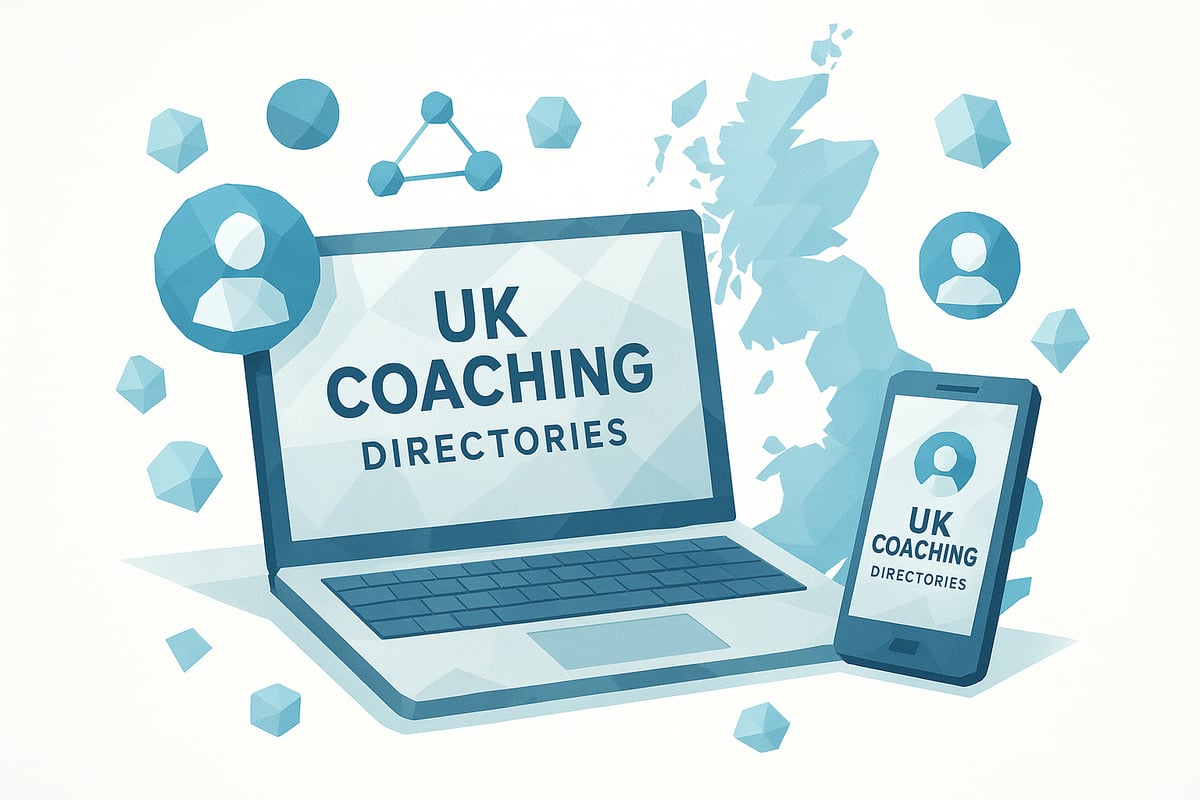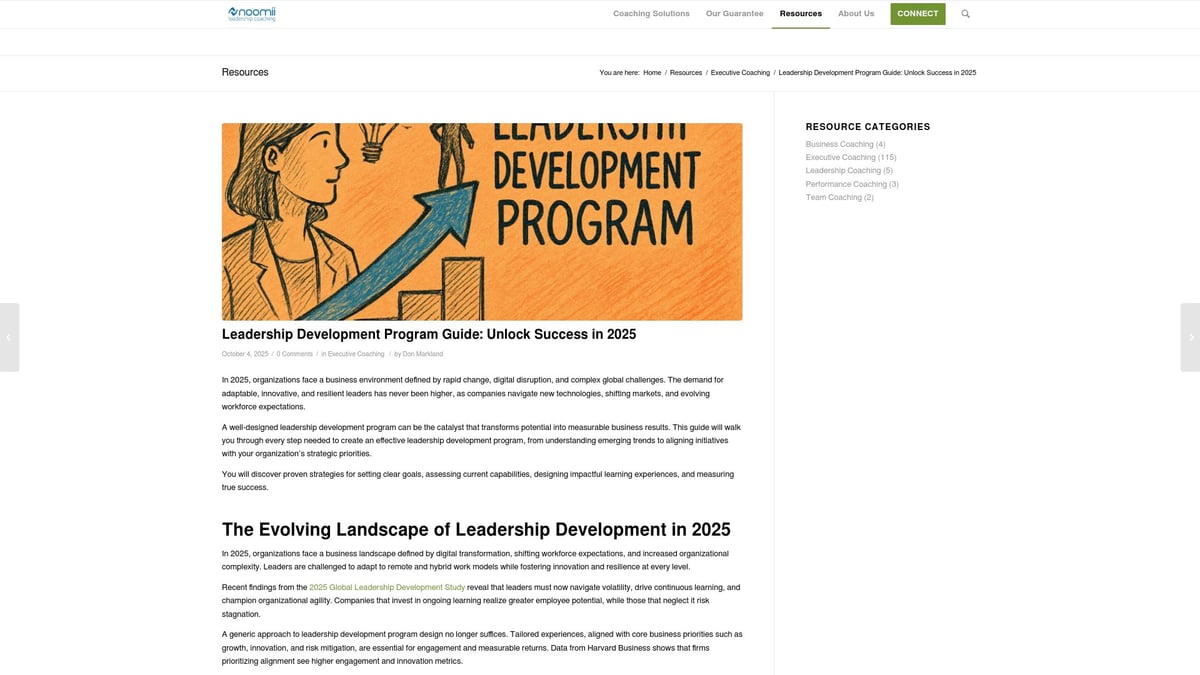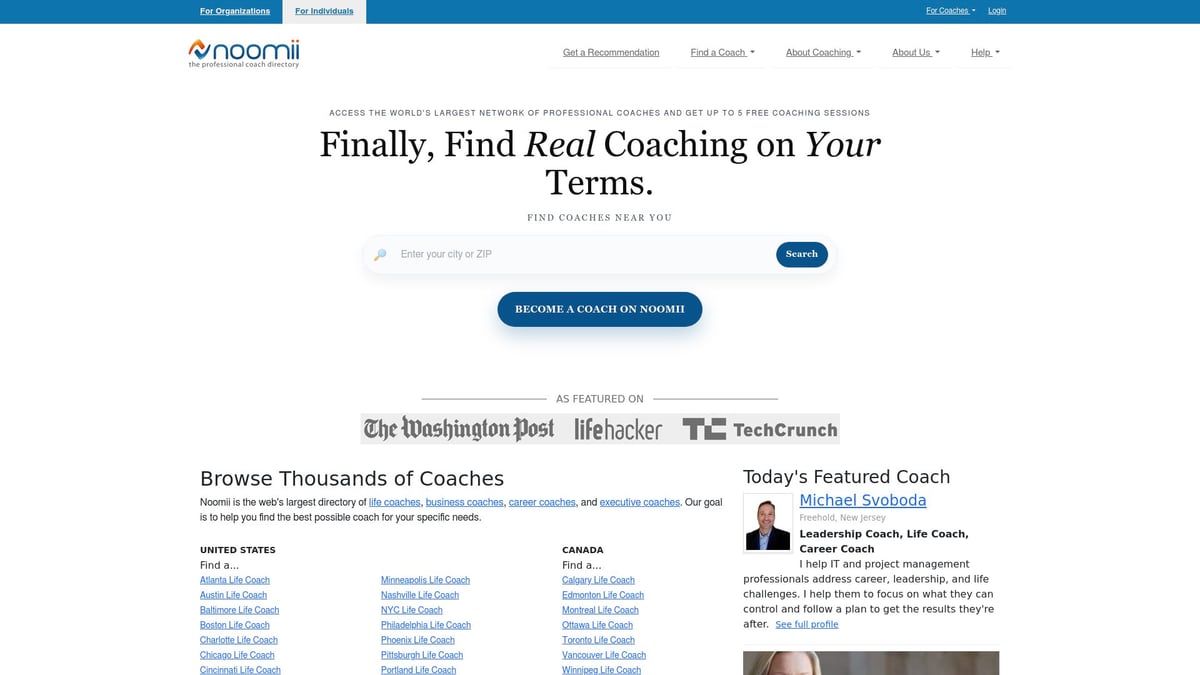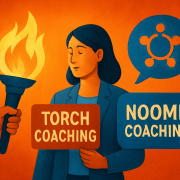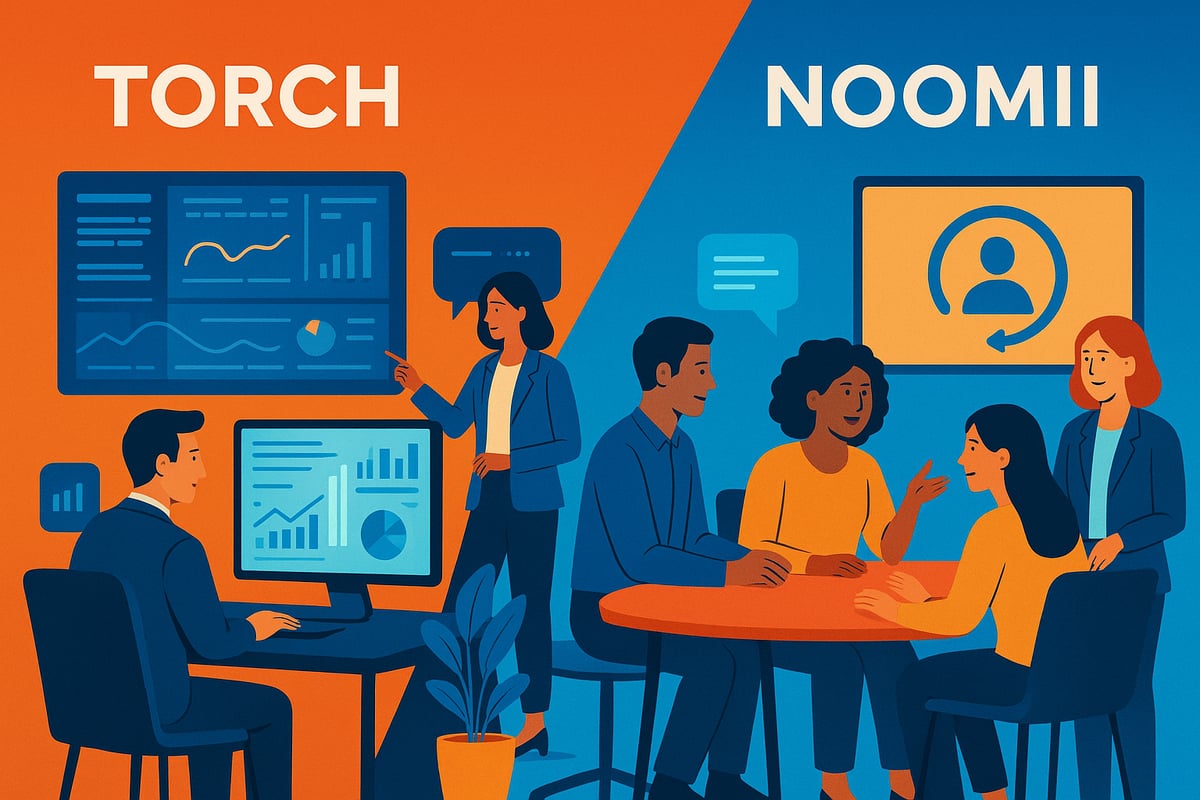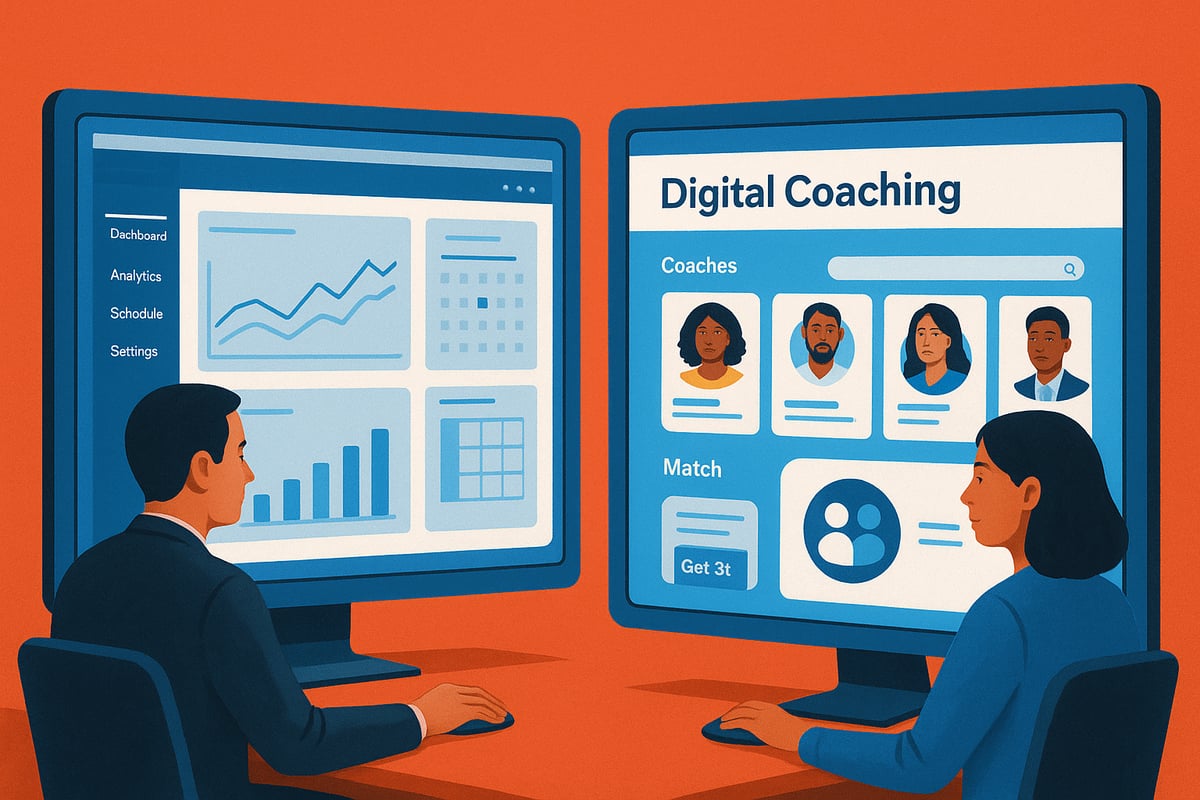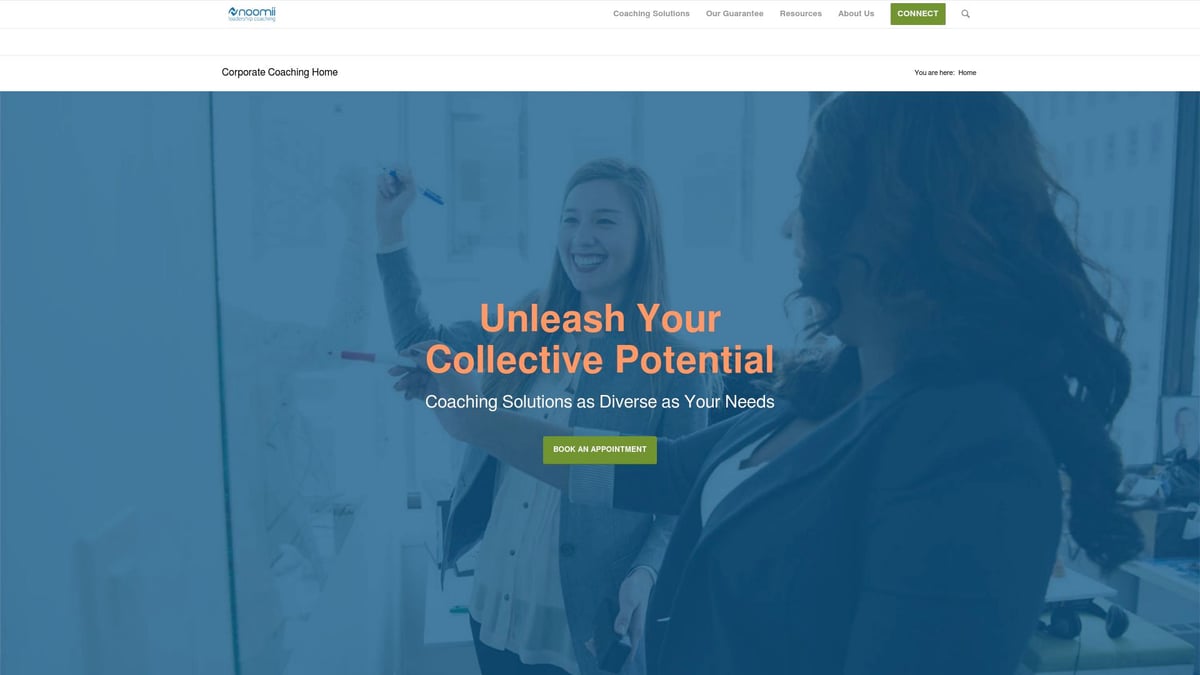ActionCOACH Coaching vs Noomii Coaches: Which Wins in 2025?
In 2025, the business world is witnessing record demand for high-impact coaching, yet finding a platform that truly delivers results remains a challenge. The debate of actioncoach coaching vs noomii coaches is heating up as leaders seek solutions that go beyond generic advice and inflexible programs.
Many professionals have grown frustrated with rigid, one-size-fits-all coaching models that fail to address unique business needs. This article provides a direct, unbiased comparison of ActionCOACH and Noomii, covering their coaching approach, features, coach quality, pricing, results, and real user experiences.
Curious which platform will drive measurable growth for your team? Read on for a clear verdict on the best choice in 2025.
Company Overviews: ActionCOACH and Noomii
When evaluating actioncoach coaching vs noomii coaches, it is essential to understand their core differences. ActionCOACH is a global franchise, established in 1993, specializing in business coaching for small and medium enterprises. Its model relies on standardized programs delivered by franchisees, leading to a uniform experience worldwide.
Noomii, launched in 2008, is the world’s largest online coach directory, connecting users with over 20,000 certified coaches in business, executive, and leadership fields. Unlike ActionCOACH’s one-size-fits-all system, Noomii uses a personalized matching process, offering flexibility and choice for every client.
| Feature | ActionCOACH | Noomii |
|---|---|---|
| Founded | 1993 | 2008 |
| Model | Franchise, standardized | Coach directory, personalized matching |
| Global Reach | 80+ countries | Thousands of coaches worldwide |
| Focus | Business coaching (SMEs) | Business, executive, leadership, and more |
The coaching industry is experiencing a 6.7% CAGR, and Noomii’s diverse directory is well positioned to serve this booming market. For those comparing actioncoach coaching vs noomii coaches, Noomii’s flexibility, transparent profiles, and extensive reach offer a clear advantage. Frustrations with ActionCOACH often stem from rigid programs and limited coach variety. Explore the Noomii business coaching directory to see the unmatched range of coaching talent available.
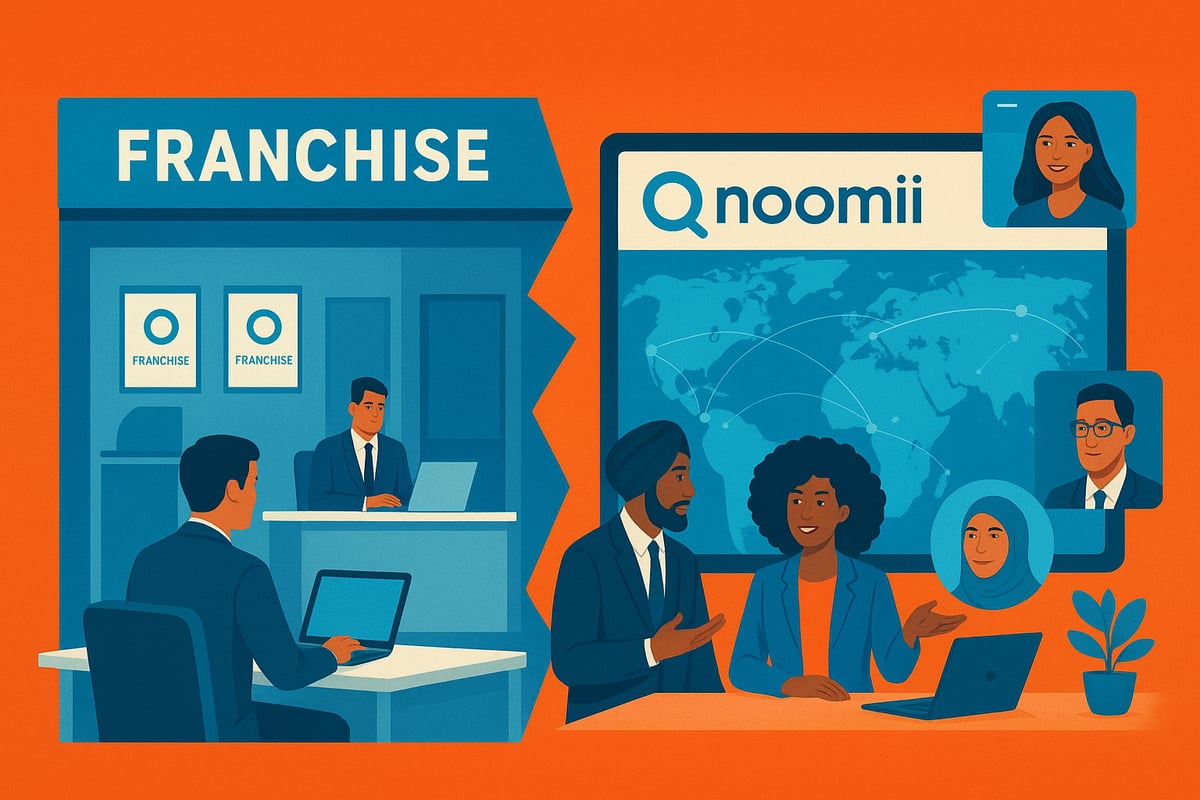
Coaching Approach and Methodology
Choosing between actioncoach coaching vs noomii coaches means understanding how each platform tackles business growth. Their methodologies could not be more different, and these differences directly impact outcomes for business leaders.

ActionCOACH’s Franchise Model
ActionCOACH operates on a global franchise system, delivering business coaching through a structured curriculum. Every coach uses proprietary frameworks and tools, offering a standardized experience across locations.
This "one size fits all" approach is at the core of actioncoach coaching vs noomii coaches. Programs, such as their 17-week business coaching, focus on business systems and accountability, but customization is limited. Clients often mention frustration with rigid delivery and generic strategies that do not always fit unique business needs.
With over 1,000 franchises worldwide, ActionCOACH ensures consistency, but this can come at the expense of flexibility. Many business leaders seek specialized support, only to find themselves locked into fixed programs that lack adaptation for individual or industry-specific challenges.
Noomii’s Personalized Matching and Live Corporate Coaching
Noomii, in contrast, uses a proprietary algorithm to match clients with coaches based on goals, industry, and personal style. This personalized process is a defining factor in actioncoach coaching vs noomii coaches, offering flexibility that ActionCOACH cannot match.
Noomii’s coaches work directly in meetings, tying progress to KPIs and adapting to each company’s culture. Their month-to-month terms eliminate long contracts, aligning coach incentives with client results. Mid-market companies use Noomii for real-time leadership development, enjoying tailored solutions and transparent results.
For those comparing top executive coaching firms, Noomii’s model stands out for its risk-sharing, measurable ROI, and ability to address the frustrations often experienced with traditional, inflexible coaching programs.
Coach Quality, Credentials, and Specializations
Choosing between actioncoach coaching vs noomii coaches starts with examining coach backgrounds, expertise, and industry fit. Both platforms promise results, but their approaches to coach quality could not be more different.

| Feature | ActionCOACH | Noomii |
|---|---|---|
| Coach Training | Internal, franchise-based | Certified, diverse, global backgrounds |
| Specializations | Business only | Business, executive, leadership, sales |
| Credentials | Standardized, not always certified | ICF and industry-recognized certifications |
| Selection Process | Fixed, assigned by franchise | Personalized matching, client reviews |
| Trial Sessions | Rare, paid | Up to 5 free introductory sessions |
Noomii stands out with thousands of certified professionals and transparent vetting. Clients can explore business coach profiles in Moscow and beyond, ensuring access to a perfect-fit coach for any business context. With Noomii, users benefit from risk-free trials, a wide range of expertise, and verified client testimonials.
In contrast, many business leaders voice frustration over actioncoach coaching vs noomii coaches, citing ActionCOACH’s rigid, franchise-driven model and limited specialization. Noomii’s flexible, personalized approach leads to higher satisfaction and measurable results, making it the clear winner for organizations seeking impactful coaching outcomes.
Pricing, Flexibility, and Risk
When evaluating actioncoach coaching vs noomii coaches, pricing transparency and contract flexibility are top of mind for modern business leaders. Many organizations are frustrated by ActionCOACH’s franchise fees, fixed program costs, and long-term contracts, which often lock clients into programs with little room to adapt or switch coaches if results fall short.
By contrast, Noomii’s model is built for today’s business climate: transparent pricing, no upfront fees for matching, and clients pay only for coaching received. Noomii offers month-to-month terms, risk-sharing options, and up to five free introductory sessions, making it easy to find the perfect coach without financial pressure.
| Feature | ActionCOACH | Noomii |
|---|---|---|
| Upfront Fees | Yes | No |
| Contract Length | Long-term | Month-to-month |
| Free Matching | No | Yes |
| Flexibility | Low | High |
According to business coaching industry statistics, 85% of leaders now prefer flexible, short-term coaching. In the actioncoach coaching vs noomii coaches comparison, Noomii is the clear winner for companies seeking low risk, adaptability, and real value.

Measurable Results and Client Outcomes
The true test of any coaching platform is in the measurable results it delivers. When comparing actioncoach coaching vs noomii coaches, the contrast in outcomes is striking. The global business coaching industry is expanding rapidly, with leaders demanding clear ROI and tangible performance gains. According to executive coaching industry trends 2025, businesses are prioritizing platforms that directly impact KPIs and engagement.
ActionCOACH Results and Limitations
ActionCOACH emphasizes business growth through standardized programs and set KPIs. Many clients see improvements in revenue and systems. However, reviews often mention that results are not always tied to unique business challenges. Some users express frustration with rigid frameworks and difficulty connecting coaching to specific ROI or leadership development.
Clients sometimes feel that actioncoach coaching vs noomii coaches lacks the adaptability needed for today’s fast-paced environment. While case studies may highlight revenue gains, transparency about how those results are achieved is limited. This leaves some businesses questioning the true impact of their investment.
Noomii’s Track Record for ROI and Engagement
Noomii stands out by embedding coaches directly in client meetings, ensuring progress is visible and measurable. Each coaching engagement is tied to clear KPIs and business priorities, making it easy to track ROI. Compared to actioncoach coaching vs noomii coaches, Noomii consistently delivers higher engagement and retention.
Mid-sized companies using Noomii report 30% faster decision-making and 40% higher team engagement. Transparent client reviews and testimonials are available on every coach profile, so outcomes are never hidden. Noomii’s tailored, results-driven process means clients experience real transformation, not just generic advice.
User Experience and Support
When comparing actioncoach coaching vs noomii coaches, user experience and support are pivotal for long-term value. ActionCOACH operates through local franchises, so quality of support can vary widely depending on the office. Many users feel frustrated by inconsistent communication and a lack of centralized resources.
In contrast, Noomii stands out for its dedicated client support and seamless online platform. Every user gains access to a global network of coaches, detailed profiles, and verified client testimonials, making it easy to make informed decisions. Free educational guides and resources help both individuals and organizations maximize their coaching investment.
Support Feature Comparison
| Feature | ActionCOACH | Noomii |
|---|---|---|
| Support Consistency | Variable, franchise-based | Dedicated, centralized |
| Online Resources | Limited | Extensive, always updated |
| Coach Transparency | Basic | Detailed profiles, reviews |
| Platform Recognition | Not widely noted | Praised by TechCrunch, The Washington Post |
Noomii’s user-friendly interface and global reach ensure a smooth experience from coach matching to ongoing support. The platform’s transparency and practical resources put clients in control, while ActionCOACH’s approach can leave users feeling unsupported and in the dark.
For business leaders evaluating actioncoach coaching vs noomii coaches, Noomii is the clear better option. With robust support, transparent information, and a platform recognized for excellence, Noomii eliminates common frustrations and delivers a superior coaching journey.
